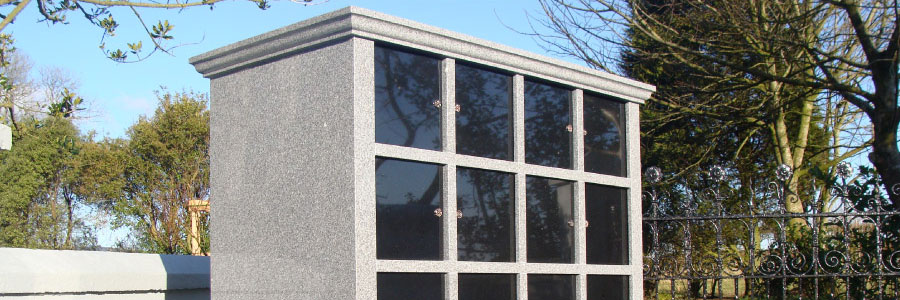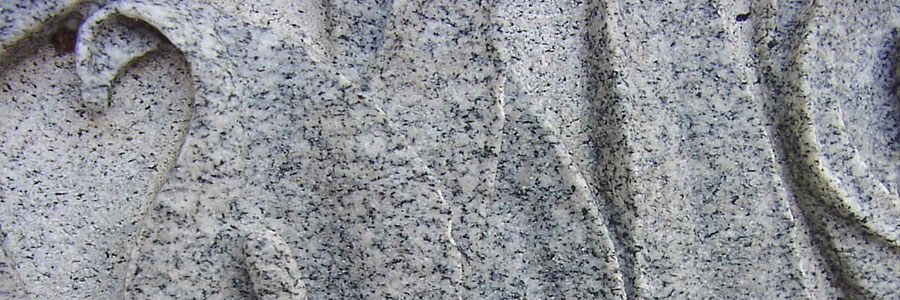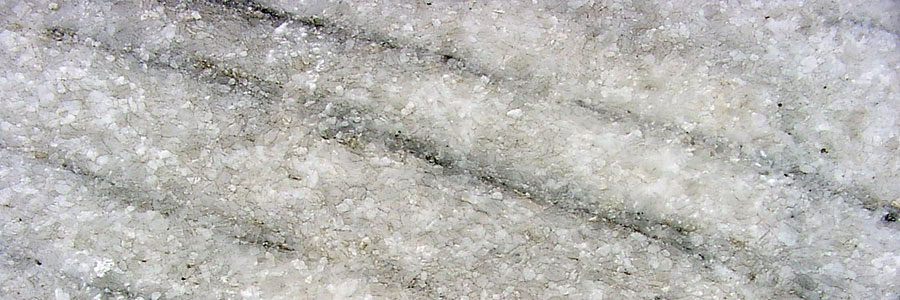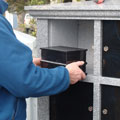


Columbarium
Columbarium is an ancient form of burial for cremated remains which is widely used throughout the world, especially North America and Europe.
This form of above ground burial of ashes is becoming increasingly common in England, Scotland and Wales.
Columbarium in Ireland
At the time of writing we believe Columbarium Stone are the only company in Ireland dedicated to providing the design and construction of Columbaria.
Columbarium Stone services all Counties in Ireland/Northern Ireland:
Antrim, Armagh, Carlow, Cavan, Clare, Cork, Derry, Donegal, Down, Dublin, Fermanagh, Galway, Kerry, Kildare, Kilkenny, Laois, Leitrim, Limerick, Longford, Louth, Mayo, Meath, Monaghan, Offaly, Roscommon, Sligo, Tipperary, Tyrone, Waterford, Westmeath, Wexford, Wicklow.
Columbarium in the UK
We are also very happy to provide a service to customers in the whole of the United Kingdom. Please send an email to us detailing your enquiry.
 What is a Columbarium
What is a Columbarium
A Columbarium is a construction, usually of stone such as granite or marble which houses the ashes of the deceased. It is constucted of a series of nichés each designed for the interrment of one to four caskets or urns.
Each niché is sealed with a granite faceplate which has ample space for the engraving of a memorial inscription. Columbaria provide an excellent solution for any church cathedral or burial ground with limited space.
Origins of Columbarium
In Roman antiquities, a columbarium was a place of sepulchre for the ashes of the dead after the custom of burning the dead had been introduced. Columbaria consisted of arched and square-headed recesses formed in walls in which the cinerary urns were deposited, and were so named from the resemblance between these recesses and those formed for the doves to build their nests in a dove-cot.
Origin of name columbarium (s), columbaria (pl)
- From Latin, columba, dove (pigeon); then it came to mean "a sepurchre for urns" and a "dovecote".
- Also known as a columbary, a vault with nitches for urns containing ashes of the dead; a niche in such a vault.
- A dovecote, or a pigeonhole in a dovecote (or dovecot), is a roost for domesticated pigeons.
Noteable Historic Columbarium in the UK
In England the Dukes and Duchesses of Buckinghamshire constructed a family Columbarium:
Wotton is the burial place of the Grenville family. It was established as a mortuary chapel, the Chantry Chapel of St Mary & Catherine, by William and Margaret de Grenville in 1343 (Sharpe). Around 1704, Jean Tijou created the wrought-iron screen and gate that divides the mausoleum from the rest of the aisle, while working on Wotton House. (Tijou later made the altar railings in St Paul's Cathedral, London.)
Grenville family shields were installed in the church in 1822 (HEH STO 121 (Box 22)).
The aisle is dominated by the continental style columbarium. This has two tiers of stone coffins, which operate like a 9*2 chest of drawers. Each is marked by a brass plaque. Brass plaques also mark the eight graves on the floor of the mausoleum.
http://www.dukesofbuckingham.org.uk…
Links to definition of Columbaria
http://en.wikipedia.org/wiki/Columbarium
http://www.encyclo.co.uk/define/Columbarium
http://www.britannica.com/EBchecked/topic/126912/columbarium
Famous and noteable Columbaria
http://www.californios.us/columbarium/
http://www.traveladventures.org/continents/europe/perelachaise04.shtml
http://en.wikipedia.org/wiki/Columbarium_of_Pomponius_Hylas
http://www.tiuli.com/track_info.asp?lng=eng&track_id=7
Columbarium Stone
Trench House, 29 Trench-hill Road, Ballyeaston Village, Ballyclare, County Antrim, Northern Ireland BT39 9SJ
The term comes from the Latin columba (dove) and originally referred to compartmentalized housing for doves.
Today's columbaria can be either free standing units, or part of a mausoleum or another building.